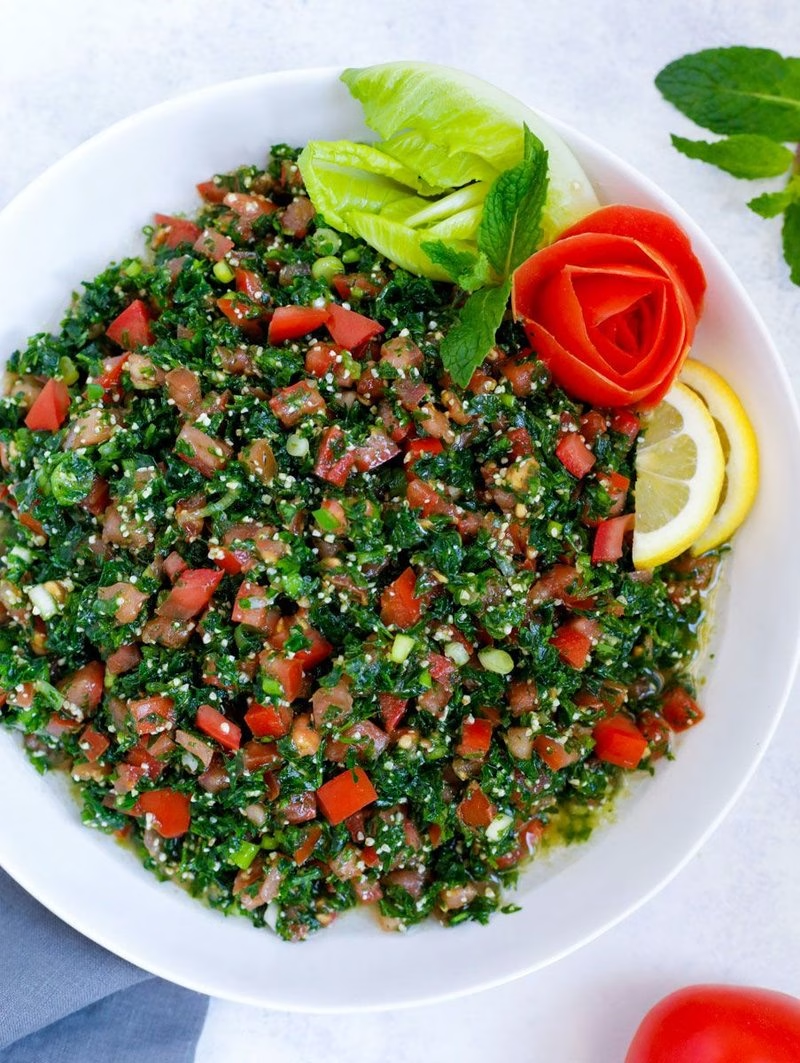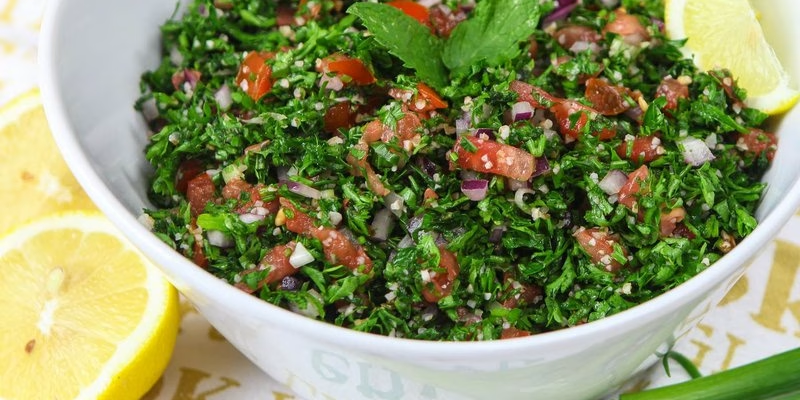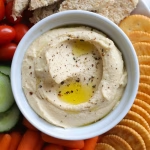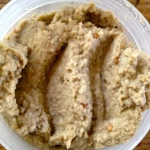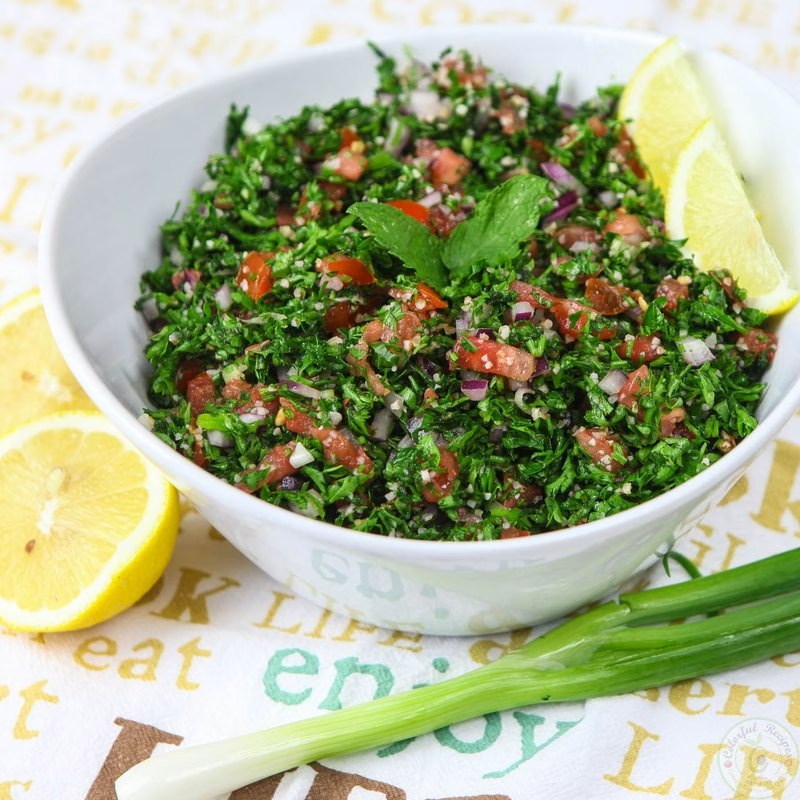
Introduction
Tabbouleh is a vibrant, refreshing salad that hails from the Mediterranean region, particularly Lebanon and Syria. Its delightful mix of parsley, tomatoes, bulgur wheat, and a splash of lemon juice perfectly captures the essence of fresh, wholesome ingredients. This dish has gained popularity around the world, not just for its delicious flavors but also for its health benefits. You’re in for a treat! In this article, you’ll discover the traditional way to make Tabbouleh at home, explore some delicious Tabbouleh variations, and learn about its cultural significance. Let’s dive into the world of **Tabbouleh ingredients** and unleash the chef in you!
Ingredients
Here’s what you’ll need to whip up your own Tabbouleh, along with some descriptions highlighting each ingredient’s importance:
| Ingredient | Measurement | Description |
|---|---|---|
| Fresh Parsley | 1 cup, finely chopped | Parsley is the star ingredient, providing a fresh and vibrant flavor. It’s rich in vitamins A, C, and K. |
| Tomatoes | 1 medium, diced | Fresh tomatoes add juiciness and a touch of sweetness that balances the dish beautifully. |
| Bulgur Wheat | 1/2 cup | This whole grain adds a nutty flavor and chewy texture to the Tabbouleh—a must in traditional recipes! |
| Fresh Mint | 1/4 cup, chopped | Mint enhances the aroma and offers a refreshing taste that elevates the salad. |
| Green Onions | 2, finely sliced | Green onions contribute a mild onion flavor that complements other ingredients without overpowering them. |
| Olive Oil | 1/4 cup | Good quality olive oil enriches the salad and adds a richness that makes every bite satisfying. |
| Lemon Juice | 2 tablespoons | Freshly squeezed lemon juice brings brightness and acidity to the dish, balancing the flavors. |
| Salt | to taste | A little salt enhances all the flavors, making the salad pop! |
Step-by-Step Instructions
Making Tabbouleh is quite simple and involves a few straightforward steps. Here’s how you do it:
- Prepare the Bulgur Wheat: Start by rinsing the bulgur wheat under cold water. Then, soak it in hot water for about 20 minutes until it’s tender. Drain any excess water and set it aside. This softens the grain and preps it for mixing!
- Chop the Fresh Ingredients: Take your time here! Finely chop the parsley, tomatoes, mint, and green onions. The finer you chop, the better the flavors meld together, creating a harmonious salad. A sharp knife helps to make clean cuts!
- Mix It All Together: In a large bowl, combine the soaked bulgur wheat with your chopped ingredients. Pour in the olive oil and freshly squeezed lemon juice. Add salt to taste. Gently toss everything together until well mixed. Be careful not to mush the tomatoes too much; you want them to retain some structure!
- Let It Marinate: Let your Tabbouleh sit for at least 30 minutes before serving. This resting time allows the flavors to meld together beautifully. Keep it covered in the fridge to keep everything fresh.
- Serve & Enjoy: Serve your Tabbouleh chilled or at room temperature. It pairs wonderfully with pita bread, grilled meats, or as a light and healthy snack on its own.
Pro Tips
- Fresh Ingredients Matter: Use the freshest parsley and tomatoes you can find. The taste difference is huge!
- Mince Finely: The finer the veggies are chopped, the more they combine and infuse their flavors into the salad.
- Experiment with Add-Ins: Feel free to add diced cucumbers or bell peppers for extra crunch and color in your Tabbouleh.
- Adjust the Acidity: Not everyone loves a sour bite! Start with less lemon juice, then adjust according to your taste.
- Bulgar Wheat Options: If you’re gluten-free, you can substitute bulgur with quinoa for a similar texture that fits your dietary needs.
Nutritional Information
Here’s a quick look at the nutrition facts per serving (approximately 1 cup) of homemade Tabbouleh:
| Nutrient | Per Serving |
|---|---|
| Calories | 150 |
| Protein | 4g |
| Carbohydrates | 26g |
| Saturated Fats | 2g |
| Fiber | 5g |
| Cholesterol | 0mg |
| Sugars | 2g |
| Fat | 7g |
FAQs
What is the best way to store Tabbouleh?
To keep your Tabbouleh fresh, store it in an airtight container in the refrigerator. It can last for about 2-3 days.
Can Tabbouleh be made vegan or gluten-free?
Absolutely! Tabbouleh is naturally vegan. For a gluten-free option, use quinoa instead of bulgur wheat.
What are the best side dishes to serve with Tabbouleh?
Tabbouleh pairs beautifully with grilled meats or fish, hummus, and pita bread. It’s also great alongside other Mediterranean dishes!
How long does it take to prepare Tabbouleh?
Preparation takes about 15-20 minutes, plus an additional 30 minutes for marinating. So, around 45 minutes total!
Can I freeze Tabbouleh for later?
While it’s best enjoyed fresh, you can freeze Tabbouleh, though the texture may change after thawing. It’s best to skip freezing if possible.
Is Tabbouleh healthy?
Yes! Tabbouleh is packed with nutrients and is low in calories, making it a healthy addition to any meal.
What variations can I try with Tabbouleh?
You can experiment with adding nuts like pine nuts or walnuts, or extra spices like cumin for a unique twist!
How can I increase the flavor of Tabbouleh?
Try using a mix of lemon and lime juice, or adding a dash of cayenne pepper for a kick. Fresh herbs and spices can transform the dish!
